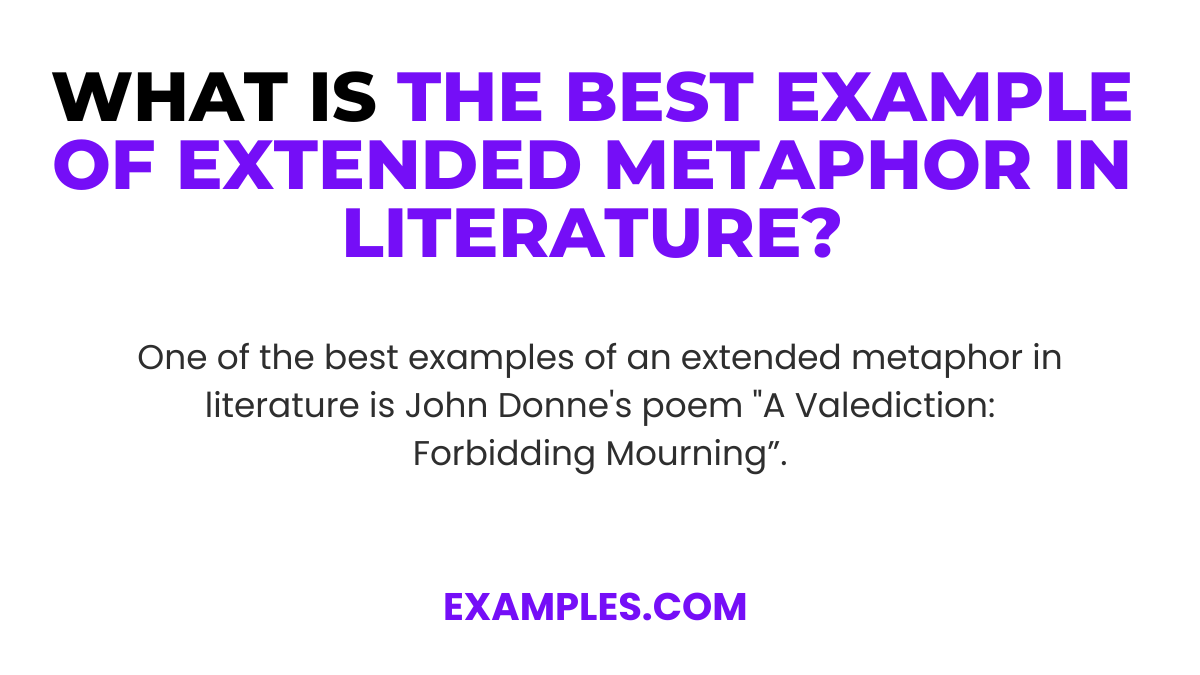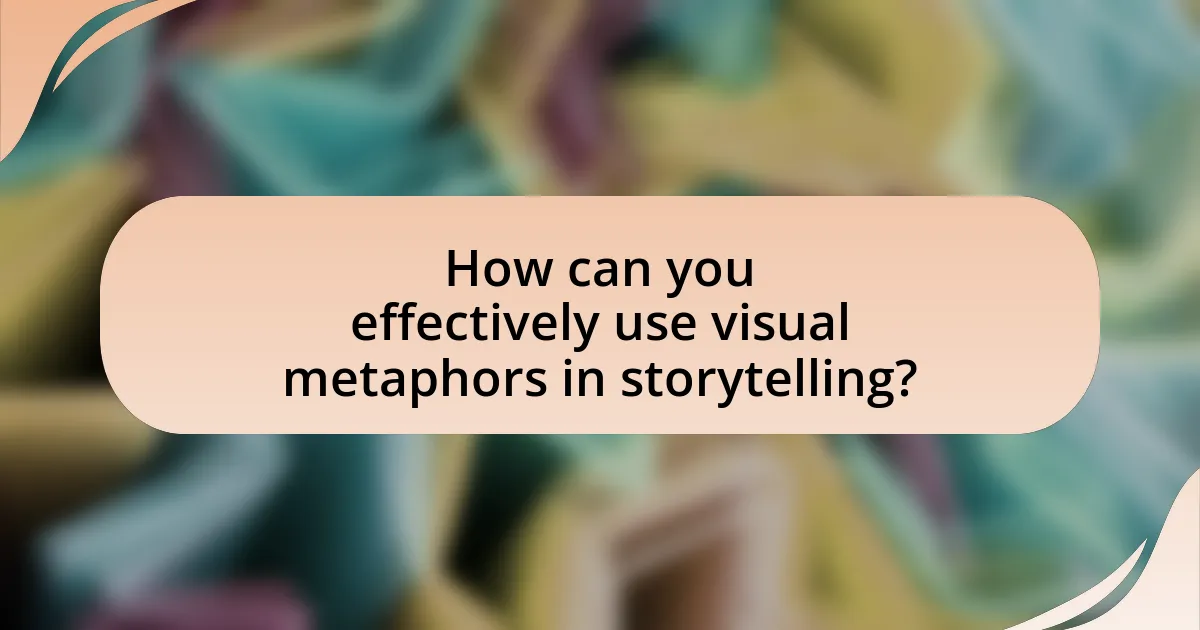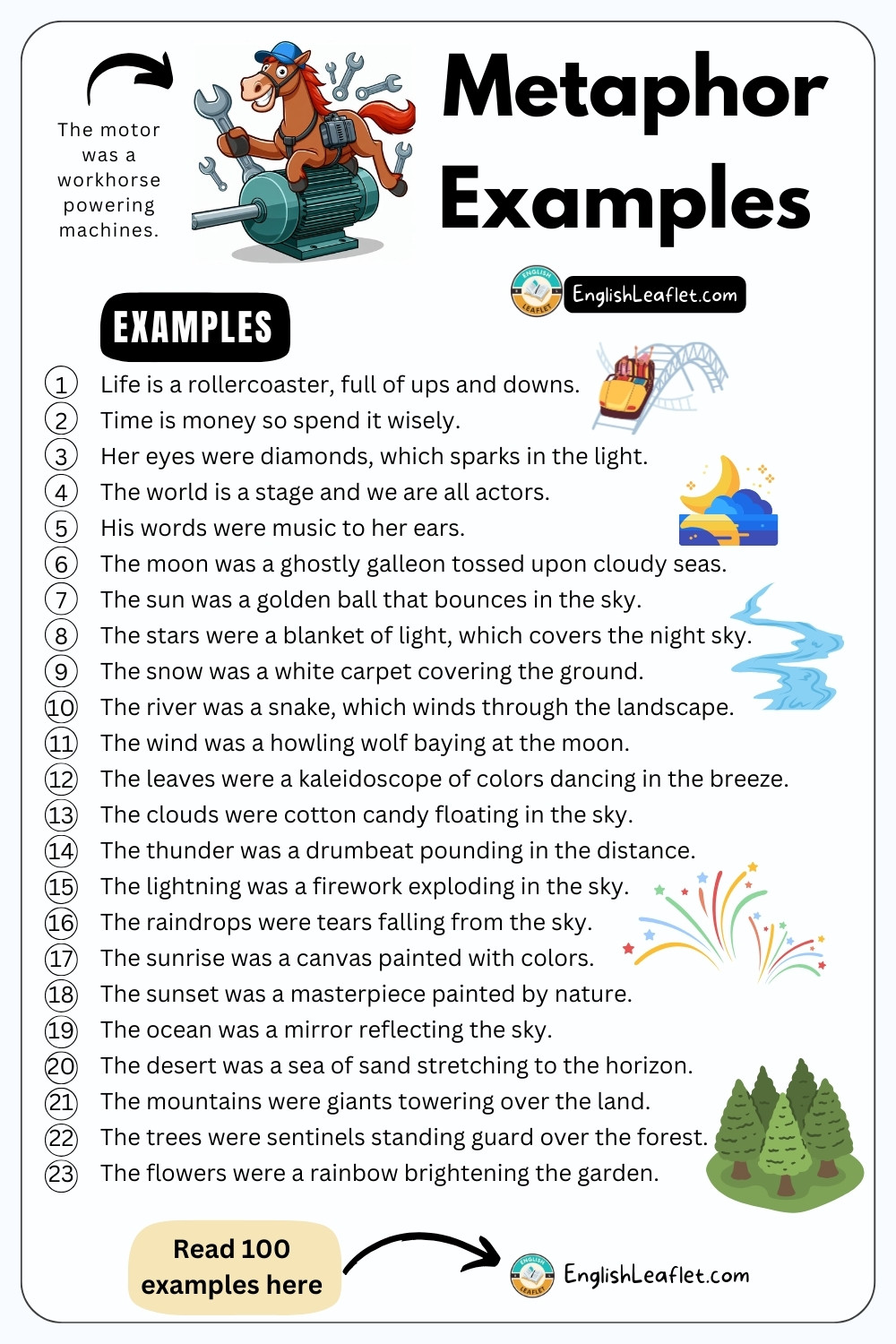In the realm of language, few tools are as powerful and pervasive as the metaphor. From ancient poetry to modern headlines, metaphors shape how we understand the world around us. They are not just poetic flourishes; they are essential components of effective communication and writing. In this article, we explore the significance of metaphors, their role in enhancing clarity and creativity, and how they can be used to connect with audiences on a deeper level.
The Essence of Metaphor
A metaphor is a figure of speech that directly compares two unlike things by stating that one is the other. Unlike similes, which use “like” or “as,” metaphors make a bold claim that something is something else. This technique allows writers to create vivid images and convey complex ideas in a more accessible way.
For example, when Shakespeare writes, “All the world’s a stage,” he transforms the concept of life into a dramatic performance. Similarly, Emily Dickinson’s “Hope is the thing with feathers” gives an abstract emotion a tangible form, making it easier for readers to grasp and relate to.
Metaphors are not limited to literature. They appear in everyday speech, music, films, and even political rhetoric. As Milan Kundera noted, “Metaphors are dangerous. Metaphors are not to be trifled with.” Yet, they are also indispensable, helping us navigate the complexities of human experience.
Why Metaphors Matter in Communication
Metaphors have a unique ability to simplify complex ideas. By drawing connections between familiar and unfamiliar concepts, they make abstract thoughts more concrete. For instance, describing time as a thief helps readers visualize how it steals moments from our lives.
Moreover, metaphors engage the senses. When we say, “Her eyes were diamonds,” we evoke not just visual imagery but also the qualities of brilliance and value associated with diamonds. This sensory engagement makes metaphors more memorable and impactful.
In public speaking and writing, metaphors can help build rapport with the audience. They create a shared understanding, allowing speakers to connect with listeners on an emotional level. Whether it’s a politician using a metaphor to inspire change or a writer crafting a narrative, metaphors serve as bridges between ideas and emotions.
Metaphors in Literature and Poetry
Literature and poetry are rich with metaphors, often used to explore deep themes and emotions. In his poem “The Road Not Taken,” Robert Frost uses the metaphor of two diverging roads to represent life’s choices. This metaphor resonates because it captures the universal experience of decision-making and its consequences.
Similarly, in “The Sun Rising,” John Donne compares love to a force that transcends time and space. Such metaphors add layers of meaning, inviting readers to reflect on the broader implications of the text.
Extended metaphors, which span an entire poem or section, are particularly powerful. They allow poets to develop a central idea in depth, creating a cohesive and immersive experience for the reader. For example, in “Caged Bird,” Maya Angelou uses the metaphor of a bird in a cage to explore themes of freedom and oppression.
Metaphors in Everyday Language
While metaphors are often associated with literature, they are equally prevalent in everyday conversation. Phrases like “He’s a rock” or “She’s a breath of fresh air” are common metaphors that convey personality traits and emotions succinctly.
These expressions are so ingrained in our language that we often use them without realizing their metaphorical nature. However, the power of these metaphors lies in their ability to communicate complex ideas in a simple and relatable way.
In marketing and advertising, metaphors are used to create brand identities and connect with consumers. A product might be described as “the light in your life” or “a journey worth taking,” leveraging metaphors to evoke positive associations.
The Role of Metaphors in Storytelling
Storytelling is another area where metaphors play a crucial role. They help authors create vivid scenes and develop characters in a way that resonates with readers. A character described as “a dormant volcano” immediately conveys a sense of hidden intensity and potential for eruption.
Metaphors also enhance the emotional impact of a story. By linking events to familiar experiences, they allow readers to empathize with characters and situations. This connection is vital for engaging storytelling, as it makes the narrative more relatable and compelling.
In film, metaphors are often used visually. A scene where a character is shown walking through a storm might symbolize inner turmoil or challenges. These visual metaphors add depth to the storytelling, allowing directors to convey messages without relying solely on dialogue.
How to Use Metaphors Effectively
Using metaphors effectively requires a balance between creativity and clarity. Here are some tips to help you incorporate metaphors into your writing:
- Be Original: Avoid clichés and overused phrases. Instead, think of fresh comparisons that reflect your unique perspective.
- Match the Tone: Ensure your metaphors align with the mood of your piece. Playful topics may call for light-hearted metaphors, while serious subjects require thoughtful and meaningful ones.
- Consider Your Audience: Choose metaphors that your readers can easily understand and connect with.
- Keep It Simple: Don’t overcomplicate your metaphors. A clear and concise comparison is often more effective than a convoluted one.
- Use Sparingly: While metaphors can enhance your writing, they should not be overused. Too many can confuse readers and dilute the impact of your message.
By following these guidelines, you can harness the power of metaphors to create more engaging and memorable content.
Conclusion
Metaphors are more than just literary devices; they are essential tools for effective communication and creative expression. They help us make sense of the world, connect with others, and convey complex ideas in a simple and relatable way. Whether you’re writing a poem, crafting a speech, or simply having a conversation, metaphors can enrich your language and deepen your impact.
As you continue to explore the world of writing, remember the words of William Shakespeare: “All the world’s a stage.” Embrace the power of metaphors, and let them guide you in creating stories that resonate with your audience.














More Stories
US Trending News: The ‘Your Mom’ White House: A Trendy Take on Political Humor
What Is Yodo Para Tiroides and How Does It Affect Thyroid Health?
Understanding ‘You Got That Right’ in The New York Times: Context and Implications